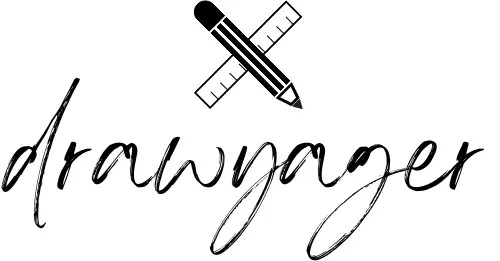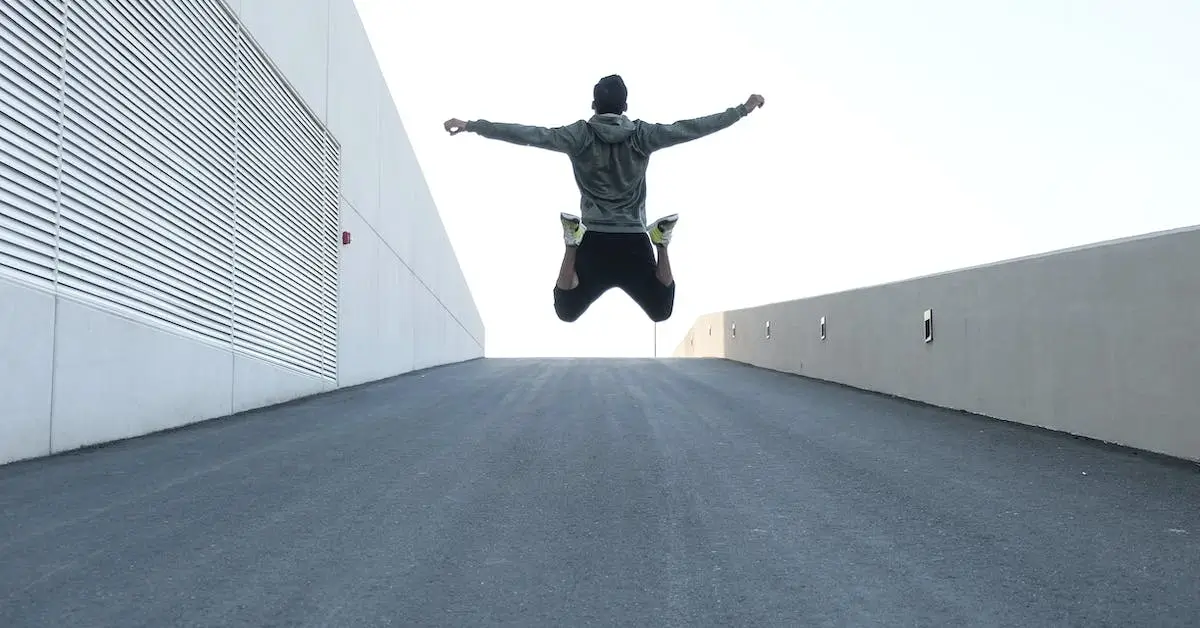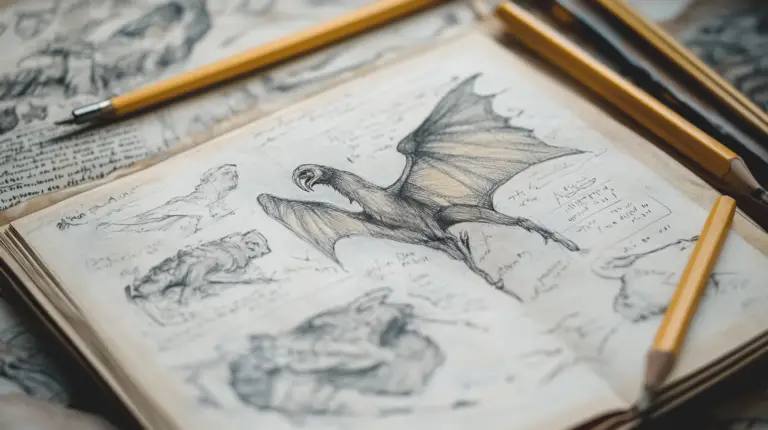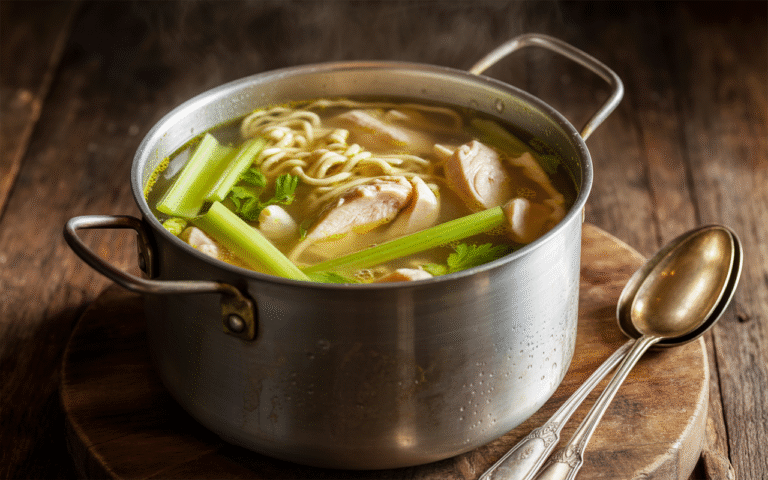Creating impactful artwork often relies on the artist’s skill in effectively capturing the human form, underscoring the value of a lively posing reference. In depicting figures engaged in activity, it becomes clear to me that static poses simply cannot express the full energy and emotion of movement. To craft a drawing with true vitality requires understanding how muscles and limbs behave during various actions. Possessing a variety of poses that embody the intended dynamism and essence in your art can profoundly change the impact of your work.

Finding the right dynamic pose can be challenging, especially if you’re aiming to improve your portfolio with figures that pop off the page. It took me some time to realize that a powerful drawing tool is the collection of dynamic poses I’ve gathered, which serves as a visual library to inform my work. Accessing a selection of dynamic posing references has not only sharpened my skills but also infused more authenticity into my art, ensuring that my characters are as realistic as possible.
Having an array of action-packed stances and references can dramatically enhance your ability to portray movement. Knowing how to manipulate these poses to reflect the correct weight and balance can transform a good drawing into a great one. For artists aiming to take their figure drawing to the next level, incorporating dynamic poses using dynamic posing references is a game-changer, providing a roadmap for creating more compelling and believable illustrations.
Understanding Dynamic Posing
When I first started exploring dynamic posing reference, it immediately became apparent how essential it is for creating vivid and lifelike drawings. Dynamic poses add a sense of movement and excitement that can transform your artwork.
Basics of Dynamic Poses
Dynamic poses are all about capturing a sense of motion. To effectively draw dynamic poses, it’s important to understand the basic concepts such as balance, tension, and timing. A well-executed dynamic pose reflects the interplay between these elements, making the human figure appear as if it’s caught in mid-action. So give yourself enough time to find the right dynamic posing reference for your idea.

Importance of Movement and Energy
What sets dynamic posing apart is the energy it conveys. Artists often seek to infuse their drawings with the suggestion of movement to illustrate life in static images. One way to infuse this energy is by depicting the body in a way that suggests momentum or tension.
Role of Gestures in Posing
Gestures are the expressive motions of the body that communicate emotion and action. In gesture drawing, the artist quickly sketches the pose to capture the figure’s fundamental essence. It’s a foundational skill for artists to learn as it helps in visualizing the underlying intent of the pose.

Line of Action and Flow
The line of action is an imaginary line that runs through the body indicating the direction of movement. Understanding this can help create a more natural flow in your drawings, as it acts as a guide for where the body’s weight and balance are distributed.
Anatomical Considerations for Dynamic Poses
An accurate representation of the anatomy is crucial for convincing dynamic poses. Even when a body is in motion, proportions must be maintained, and an understanding of muscle and bone structure can make or break a dynamic illustration. This knowledge ensures that movements appear plausible and adds fluidity to your artwork. If you want to learn more about drawing human anatomy, you can read my article about Muscle Drawing References.

Incorporating these elements into your artwork can be challenging, especially for beginners. However, with practice and patience, using dynamic poses can greatly enhance the life and energy of your drawings.
Tools and Resources for Dynamic Posing
Exploring dynamic posing references can be exciting and rewarding. I want to share with you the tools and resources I find essential for mastering this challenging aspect of art.
Free and Paid Pose References
There’s a wealth of pose references available both for free and for purchase. Free resources, like Sketchdaily, offer a variety of male and female models in different poses which can be great for figure drawing practice. For those seeking more specific poses or higher quality images, paid options such as the ones found on PoseMy.Art includes an extensive collection of dynamic pose reference photos.
If you have some specific idea in mind, you can also check out Pinterest, Instagram, or DeviantArt to find the dynamic posing reference you’re looking for.
Using Props and Scene Elements
Incorporating props and scene elements adds depth and realism to dynamic poses. Consider how a character interacts with their environment or how they might use a prop, which can significantly change the pose’s implication. This technique often helps me better convey the story behind my figure drawings.

You could imagine a character using a hammer, hunting with a bow, or just cleaning the house with a broom. All these actions can help you find and use the correct dynamic posing reference for your picture.
10 Dedicated Apps and Software for Dynamic Posing Reference
Several apps are available that provide dynamic pose references. These applications allow you to manipulate anime models or other figures in 3D space, which can be especially useful when trying to understand camera angles and lighting. They are easy to use and often come with a library of preset poses for quick reference.
- Pose Tool 3D – This app allows you to manipulate a 3D model into various poses, which can be very helpful for understanding the way light and shadows work on different parts of the body in various positions. Available for iOS and Android.
- Magic Poser – Magic Poser is a versatile app that offers a wide range of customizable models. You can adjust the lighting and the camera angle to get the perfect reference for your drawing. Available for iOS and Android.
- DesignDoll – DesignDoll is a software program that can create life-like, customizable models for pose reference. It provides a great deal of flexibility in posing the models and is particularly useful for drawing dynamic poses. Available for Windows.
- ArtPose & ArtPose Pro – These are user-friendly apps that provide a variety of male and female models that you can pose to create dynamic references. ArtPose Pro offers more advanced features and model options. Available for iOS and Android.
- Procreate – While primarily a digital painting app, Procreate for iPad also offers a basic animation feature that can help create dynamic poses by visualizing the movement and flow of a figure. Available for iOS.
- SketchUp – SketchUp is not specifically designed for figure drawing, but it’s a powerful 3D modeling tool that can be used to create environments and scenes that can help when drawing dynamic poses in context. Available for iOS.
- DAZ Studio – DAZ Studio is a feature-rich 3D figure customization, posing, and animation tool that is great for creating complex poses. It has a steep learning curve but offers highly detailed models. Available for Windows and macOS.
- Clip Studio Paint – This is a drawing and painting app that includes a poseable 3D drawing figure tool, which can be used to create a base for drawing dynamic poses. Available for iOS and Android.
- MakeHuman – An open-source tool for creating realistic 3D human characters. These characters can be posed and used as a reference for drawing. Available for Windows, Linux and MacOS.
- Easy Pose – A mobile app that lets you create 3D characters and pose them. It’s useful for artists who want to create custom pose references on the go. Available for iOS and Android.
Some of them are free, others have to be bought. Before you buy them, you should check some Videos on YouTube
Hardware: Using Cameras and other Mobile Devices
Hardware like cameras and tablets play a crucial role in capturing and developing dynamic poses. I use my camera to take pictures of models or friends who are willing to pose. This not only gives me unique dynamic posing references but also allows me to experiment with different camera angles and poses. Tablets are essential too, especially for on-the-go sketching and accessing pose reference apps. You can also use your smartphone, but tablets have bigger screens, so consider taking a tablet with you.
Artistic Techniques and Tips
When diving into the world of art, my aim is often to create artwork that feels alive. A key element in achieving this is mastering the use of a dynamic posing reference which infuses a sense of motion and emotion into my drawings.
Mastering Perspective and Angles
Understanding perspective is crucial for giving depth to my drawings, especially when I’m working with dynamic poses. I focus on the horizon line and vanishing points to make sure that all elements within my illustration maintain a consistent angle. For more complex scenes, I often employ a two-point or even a three-point perspective to enhance the sense of reality. To get a better understanding of how perspective works and influences a drawing, using dynamic posing references is a great help.

Drawing Hands and Limbs
Hands and limbs are often the most challenging aspects of drawing dynamic figures. I pay close attention to the underlying anatomy, studying the way joints move and the variation in the proportions. When sketching hands, it’s important for me to not just capture the shape but also the expressiveness as they can convey as much emotion as the face. If you need more information about how to draw hands and limbs, you can read my article about Hand Drawing References or Muscle Drawing References.
Capturing Motion and Time
To convey motion in my art, I utilize the line of action—a fluid line that runs through the figure indicating the direction of movement. This guides me in creating poses that look as though they’re captured in a single moment in time. Clear, sweeping lines often help me indicate the path of a limb moving through space, giving the viewer a sense of the action’s trajectory. A very special field of dynamic posing references is drawing dancers – and I have the right article about Dancer Drawing References for you if you’re interested in this area.
Working with Simple Shapes and Lines
I start every drawing with simple shapes and lines to map out the basic structure before adding details. Rectangles and circles help me form the torso and limbs before refining them into more complex figures. This approach allows me to adjust the composition and pose quickly without being bogged down by details.
Creating Dynamic Illustrations from Static References
Often I only have static images for dynamic posing references. In these cases, I imagine the moments before and after what’s depicted in the reference to build a narrative around the pose. This helps me transform a static image into a striking illustration that appears to be caught in the middle of an action or emotion.
Applying Dynamic Posing
Dynamic posing is essential for breathing life into characters and scenes. My experience has shown that a good dynamic posing reference can be the difference between flat, uninteresting visuals and ones that burst with energy and emotion.
For Illustrators and Comic Artists
Illustrators and comic artists benefit significantly from utilizing dynamic poses to make static images appear lively and intense. A simple character can be transformed through a dynamic pose that suggests motion, enriching the composition and depth of the artwork. For me, employing dynamic posing references has been pivotal in crafting scenes that captivate the reader’s attention.
Storytelling through Strong Poses
Storytelling is inherently linked to visual cues, and strong poses serve as a narrative tool to express action, emotion, and mood. A dynamic pose that I might choose has the power to communicate the essence of a moment even before a single line of dialogue is read, making it a fundamental component of visual storytelling.
Concept Art and Character Design
Finally, in concept art and character design, dynamic posing provides a wealth of information about personality and backstory. When you create characters, you can use dynamic posing references not just to showcase their physical abilities, but also to hint at their traits, making them resonate more with the audience.
Learning and Improving
When I started integrating a dynamic posing reference into my artwork, I quickly learned that persistence and openness to critique were key to honing my skills. It’s a journey that involves consistent practice, seeking constructive feedback, and attending life drawing sessions to grasp the subtleties of human motion and balance.
Practice Techniques and Routines
To improve, you can designate time daily to sketch based on dynamic pose references. Your routine could typically include:
- Gesture drawing: Quick sketches that capture the essence of a pose’s flow.
- Stability practice: Focusing on how weight distribution affects balance in a pose.
- Repetition: Drawing the same pose from multiple angles to better understand its form.
I also incorporate resources such as Posemy.art, which provides diverse poses that challenge my creativity and understanding of the human form.
Seeking Feedback and Critique
The growth in your understanding of dynamic poses amplifies when you embrace the value of feedback. Here’s an approach:
- Peer critiques: Sharing my work with fellow artists to garner insights.
- Professional advice: Occasionally, you can reach out to experienced artists whose work you admire. Maybe over Instagram, DeviantArt, X, or via E-Mail. A lot of people are happy to help.
- Online forums and communities: Places where you can post your work and get a wealth of diverse opinions.
The feedback I receive is not just affirming; it’s instructive and directs you to aspects of your work that you might otherwise overlook.
Life Drawing Sessions
Participating in life drawing sessions can be integral to learning dynamic posing. It involves:
- Observing a live model to understand the subtleties of muscle tension and relaxation.
- Sketching quick poses to enhance your ability to capture the dynamism of the human body.
- Discussing with other participants to learn from their interpretations and techniques.
These sessions expose you to a wide array of poses and help you practice maintaining creativity under time constraints while closely observing real-life balance and movement.
Frequently Asked Questions
When I’m drawing, I rely heavily on a dynamic posing reference to bring my figures to life. And if you have any questions, maybe I can already answer a few of them.
How can I create more energetic and lifelike poses in my figure drawings?
I often start with gesture drawing to capture the flow of motion. This involves quick, expressive lines that communicate the essence of the pose.
Using photography, what techniques can I use to capture dynamic human poses?
To capture dynamic poses using photography, you can use techniques like burst mode to snap multiple photos in quick succession to depict authentic motion.
What are the key differences between static poses and dynamic poses in art?
Static poses are calm and still, while dynamic poses convey motion, often showing a figure in mid-action or with a sense of directional movement.
Can you suggest some methods for making my character’s pose appear more dynamic in illustrations?
One method I use is to exaggerate certain elements like limbs or torsion to suggest motion, even in a still image.
What are some tips for using pose reference generators to create dynamic poses?
With pose reference generators, I adjust the limbs to create tension and ensure the line of action curves to depict movement.
How can I effectively pose models to achieve a dynamic look in my photographs?
You can direct your models to move continuously, using props or the environment to interact with them, which introduces a dynamic element to the images.
If you liked this blog post about dynamic posing references, don’t forget to leave me a comment down below to tell me about your experience with it.







[…] You didn’t quite find what you were looking for? Maybe these Dancer Drawing References will be inspiring. Or these Dynamic Posing References. […]